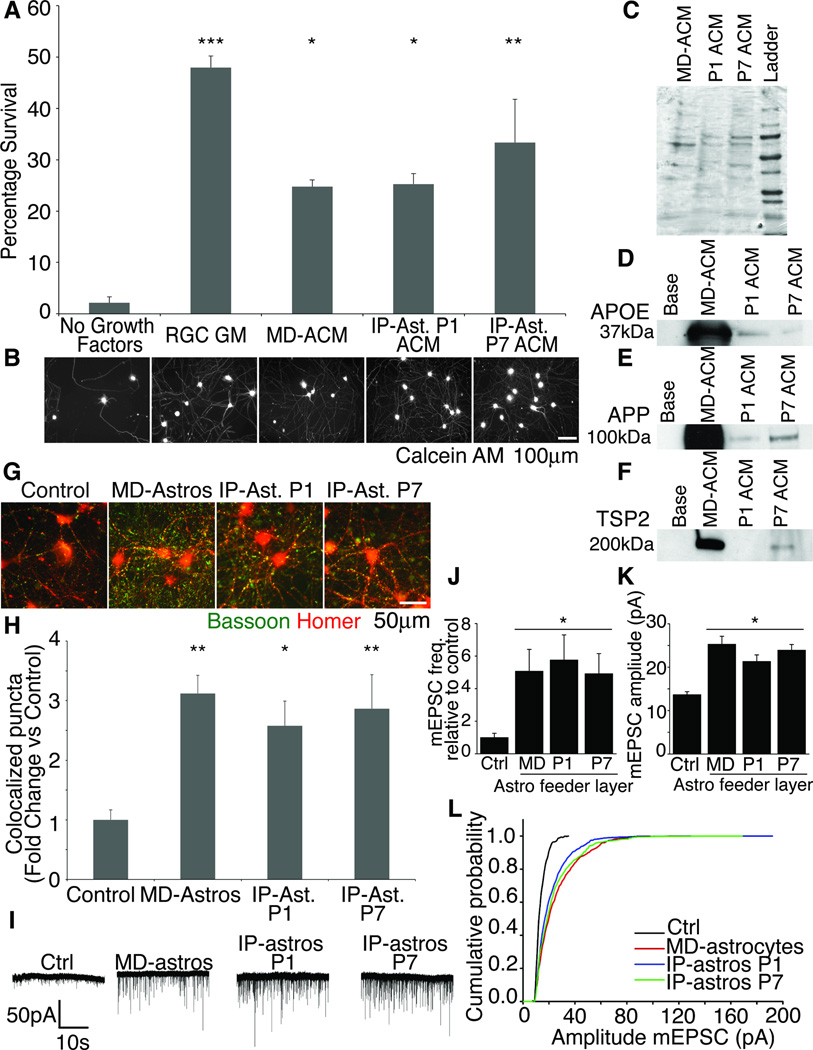Figure 5. IP-astrocytes in culture retained functional properties.
(A,B) IP-astrocyte ACM was as capable of keeping neurons alive as MD-astrocytes was. The neurons were healthy and extended multiple processes. Majority of neurons died in the absence of trophic support. ACM derived from IP-astrocytes P1 and P7 (IP-ast P1 and P7 ACM), MD-astrocytes (MD-ACM) and a positive control of RGC growth media was used. (C) Coomassie gel of ACM used to ensure equivalent protein loading. (D) MD-astrocytes produced much higher levels of APOE (D), APP (E) and TSP2 (F), compared to P1 and P7 ACM. P1 ACM did not contain detectable levels of TSP2. (G) Synaptogenesis was quantified by assessing colocalization of presynaptic marker bassoon (green) and postsynaptic marker homer (red) with ImageJ. (H) IP-ast P1 and P7 feeder layers were as effective at inducing structural synapses as MD-astrocytes were. Without an astrocyte feeder layer, few synapses were observed (control) (**p<0.01,*p<0.05) (I) Sample traces of whole-cell patch clamp recordings from RGCs made in the presence of TTX. Few mEPSCs were observed without feeder layer of astrocytes (Ctrl). (J) Frequency and amplitude of mEPSCs recorded increased significantly with MD-astrocytes, IP-astros P1 or P7 feeder layers (p <0.05). (L) IP-astros P1 and P7 caused a shift in cumulative amplitude of mEPSCs to a similar level as MD-astrocytes.

